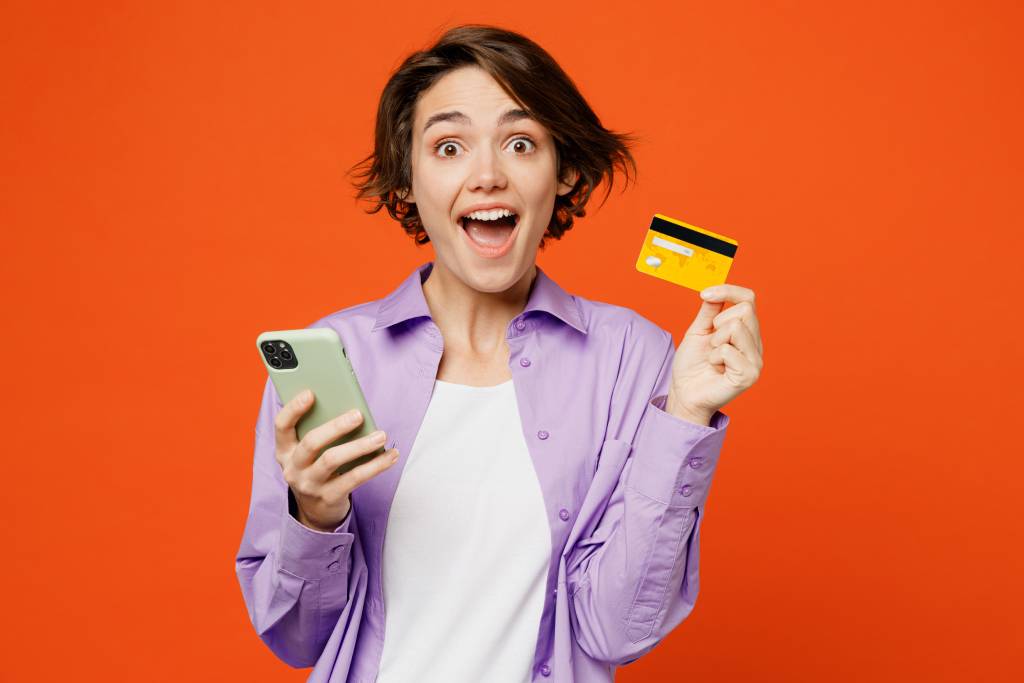A chargeback is the process in which you can ask your card provider to reverse a transaction on your credit or debit card. It enables you to dispute a card transaction and request your money back for something you’ve paid for.
When can chargeback be used?
Chargeback can be requested if:
- you buy something and it does not arrive;
- something you bought is damaged or different from its description;
- subscriptions that you cancelled were still charged;
- you were due a refund which hasn’t happened;
- you don’t recognise the transaction;
- you paid an incorrect amount or you were charged twice;
- where the business has ceased trading.
If you’ve made a complaint to the business and have either not received a response or unhappy with the outcome, or they’ve stopped trading, you can contact your bank to make a chargeback claim. It is important to be aware that there are no guarantees that your bank will be able to recover the money through chargeback, or that the retailer will accept that you were justified in taking the money back.
How do I request a chargeback?
- Make sure you have made a complaint: put it in writing, setting out what has happened, include copies of any paperwork and clearly stating how you want the issue to be resolved. You cannot start a chargeback without doing this. Set a deadline in which you expect a response. Keep a copy.
- Contact your bank quickly: there will be a time limit in which you can do a charge back so if you have tried to resolve the issue yourself and it isn’t getting sorted contact your bank. Most card providers have limits such as 120 or 180 days after the transaction takes place or the agreed date of delivery in which you must dispute a transaction.
- Include all documents: you will need to provide documents to support your request, these will depend on the reason why you are requesting the reversal but you will need to show that you tried to resolve the problem with the business.
What happens next?
The card provider will refer the query to the card-processing company who will then contact the business advising them of the queried transaction and requesting any required documents. At this point, the business’s bank account is debited. The business has 14 days to respond to the chargeback request, otherwise, the consumer is refunded and the case is closed. If the business supplies documentation for example proof of delivery etc), the card processing company will assess whether it is sufficient defence according to the rules and regulations of the chargeback scheme. When the assessment has been made you will be informed of the outcome of your request by your financial institution.
PayPal and chargeback
If you add money to an account with an online payment provider such as PayPal, the loading of the money is considered to be the card transaction.
So if the money that you’ve loaded into your account is then used to buy goods and services, that transaction won’t be classed as a card transaction and is unlikely to be covered by chargeback.
If you’re making a card purchase through PayPal, it’s best to empty your PayPal account regularly so there is no credit balance. That way, when you make a card purchase through PayPal, the same amount will be debited from your bank account or credit card and immediately to the seller. This will make it easier for your bank or credit card provider to match your purchase with the debit.
